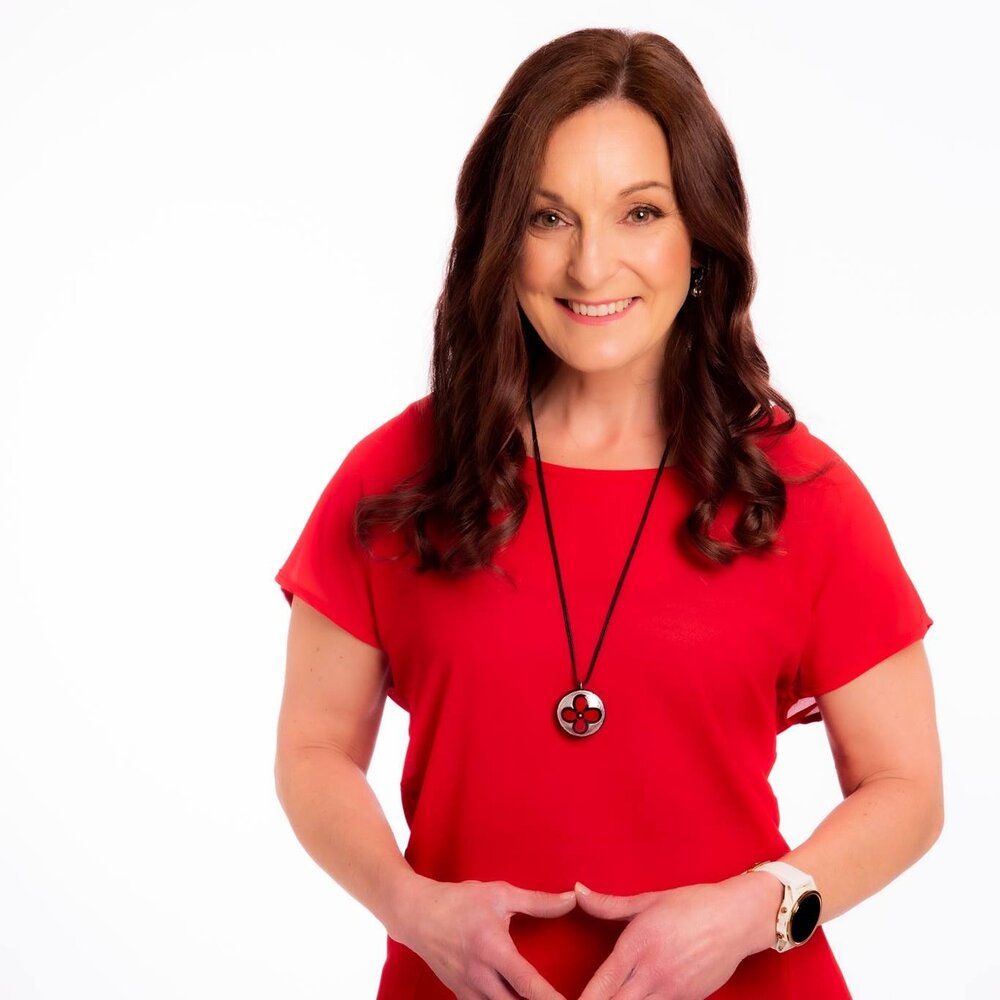Estimated reading time: 2 minutes
Discover tips and ideas you can use to make your life healthier.
There is more than one way to stay healthy, and if you asked people around you what a healthy lifestyle is, chances are you would get a different answer every time. This difference stems from everyone making choices based on their cultural and personal priorities and only being able to access options available within their socioeconomic and geographical environments (Cockerham, 2021). By understanding these choices and their impact, you can empower yourself to make the best decisions for your health and well-being.
Despite differences in definitions, scientists have long conducted studies focused on the effects of lifestyle on health and well-being. For example, a large meta-analysis published in 2012 that included the health outcome data of over 500,000 individuals concluded that a link exists between adherence to a healthy lifestyle and a lower mortality risk. This meta-analysis reviewed data from various studies, including those examining the effects of diet, exercise, and other lifestyle factors on health outcomes (Loef & Walach, 2012).
A more recent study tracked the health habits and outcomes of over 120,000 participants for three decades. Individuals who met the researcher’s healthy lifestyle criteria were far less likely to die prematurely because of cardiovascular disease or cancer (Li et al., 2018). Nevertheless, how much lower is the risk of premature death when people live healthy lifestyles? According to this study, women with healthy habits lived an average of fourteen years longer than their counterparts with unhealthy lifestyles (Li et al., 2018). In contrast, men with healthy lifestyles lived approximately twelve additional years (Li et al., 2018).
Of course, a longer lifespan isn’t the only benefit of a healthy lifestyle. A study with over 3,000 men and women between ages 55 and 85 has shown that individuals with healthy lifestyles performed better than their counterparts in all measures (Visser et al., 2018). For instance, the individuals in the healthy lifestyle group were faster in physical agility tests and less likely to display symptoms of depression (Visser et al., 2018). They also had slower cognitive function and social interaction declines (Visser et al., 2018).
In short, living a healthy lifestyle can help us feel healthier and less likely to be depressed. Moreover, by adopting health-promoting habits, we might live an additional decade. Imagine the possibilities and the positive impact on your life if you were to make these changes.
How To Build a Healthy Lifestyle
The secret to building healthy habits that last is to choose sustainable behaviours that you can stick to. Here are some tips:
1. Choose healthy habits that you enjoy
So, how do we know if a behaviour is sustainable? The sustainability of a behaviour depends on how much time and effort it requires and whether we are willing to commit to it day after day. Thus, habits that require the least time and effort might be easier to incorporate into our daily lives. However, there is another secret ingredient to make habits stick: likability. As discussed earlier, many people find detrimental behaviours hard to shed because they feel good. It becomes even more challenging if we attempt to replace them with habits that we do not enjoy. Therefore, if we want our habits to last a long time, we might pick those we like and enjoy doing. Remember, choosing habits that work for you and your circumstances is important. What works for one person may not work for another, and that’s okay. The key is to find what works for you and stick to it.
2. Social support and healthy habits
Another factor that may help lifestyle changes stick is the support from others. If your family and friends encourage you to take healthy steps and cheer you on your journey, you may find it easier to commit to those changes. If you do not have a support system, no worries. You can find support groups or organisations where you live or online and interact with others making similar changes. Moreover, you might also use apps to help you set goals, send reminders, and display daily affirmations.
3. Create an exercise routine
Lack of physical activity has many harmful consequences, ranging from cardiovascular disease to atrophied muscles and metabolic syndrome (Bowden Davies et al., 2019). Unfortunately, many adults in New Zealand do not get enough physical activity. But how much activity is considered enough? According to the World Health Organization (WHO) recommendations, adults should aim for a minimum of 150 minutes of moderate or 75 minutes of vigorous aerobic activity per week. Moderate activity is an exercise that increases your heart rate and breathing, but you can still carry on a conversation. In contrast, vigorous activity is more intense and makes it difficult to converse (MacIntosh et al., 2021).
4. Stick to a Healthy Diet
A healthy diet has two primary goals: prevent malnutrition and maintain a healthy weight. ‘Healthy weight’ refers to a weight that is within the range considered healthy for your height and body type. Unfortunately, many people do not eat whole foods and consume high amounts of unhealthy fats (i.e., saturated and trans fats) and added sugars. According to the United States National Heart, Lung, and Blood Institute (NHLBI), a healthy diet should include lean proteins (i.e., nuts, beans, fish, poultry, eggs, etc.) and limit added sugars, unhealthy fats, and excess sodium. Furthermore, it might include several servings of fruits, vegetables, and whole grains for sufficient fibre, calorie, and micronutrient (i.e., vitamins and minerals) intake (NHLBI, 2022).
In Sum
Remember, building a healthy lifestyle is a journey, not a destination. Gradually replacing harmful habits with beneficial ones that you enjoy can help you attain a healthy lifestyle and increase your well-being. Take it one step at a time, and you’ll be amazed at the progress you can make.
References
● Bowden Davies, K. A., Pickles, S., Sprung, V. S., Kemp, G. J., Alam, U., Moore, D. R., … & Cuthbertson, D. J. (2019). Reduced physical activity in young and older adults: metabolic and musculoskeletal implications. Therapeutic advances in endocrinology and metabolism, 10, 2042018819888824.
● Cockerham, W. C. (2021). Health lifestyles: bringing structure back. The Wiley Blackwell Companion to Medical Sociology, 150-170.
● Li, Y., Pan, A., Wang, D. D., Liu, X., Dhana, K., Franco, O. H., … & Hu, F. B. (2018). Impact of healthy lifestyle factors on life expectancies in the US population. Circulation, 138(4), 345-355.
● Loef, M., & Walach, H. (2012). The combined effects of healthy lifestyle behaviors on all cause mortality: a systematic review and meta-analysis. Preventive medicine, 55(3), 163-170.
● MacIntosh, B. R., Murias, J. M., Keir, D. A., & Weir, J. M. (2021). What Is Moderate to Vigorous Exercise Intensity?. Frontiers in Physiology, 1481.
● NHLBI. (2022). Healthy Eating Plan. Retrieved 14 March 2022.
● Visser, M., Wijnhoven, H. A., Comijs, H. C., Thomése, F. G., Twisk, J. W., & Deeg, D. J. (2019). A healthy lifestyle in old age and prospective change in four domains of functioning. Journal of aging and health, 31(7), 1297-1314.
● World Health Organization. (2010). Global recommendations on physical activity for health. World Health Organization Report.


